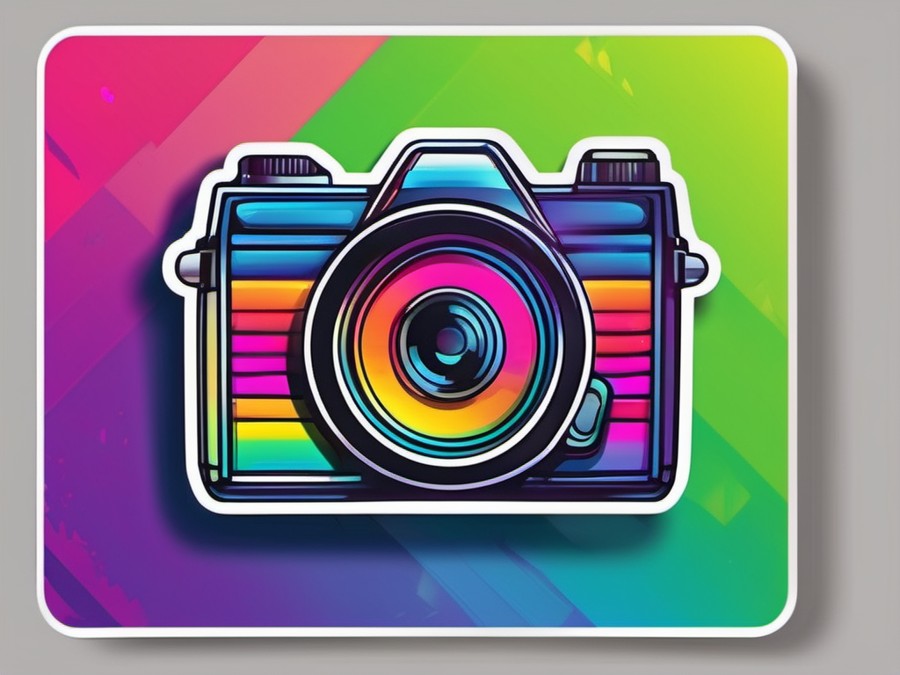· Charlotte Will · Camera Cases · 5 min read
What is the Ideal Size for a Camera Case?
Discover the ideal size for your camera case based on your gear, photography style, and personal preferences. Find out how to choose the perfect case for protecting and transporting your valuable equipment effortlessly.

When it comes to protecting your precious camera gear, choosing the right size for a camera case is crucial. You don’t want something too small that squeezes your equipment, nor do you want a case so large it becomes cumbersome to carry. So, how do you find that perfect balance? Let’s dive into the world of camera cases and figure out what size is just right for you.
Understanding Your Camera Equipment
Before we get into the nitty-gritty of case sizes, let’s take a moment to understand your gear.
Types of Cameras and Their Sizes
- DSLRs: These are typically the largest, especially when you include a lens or two.
- Mirrorless Cameras: Slightly smaller than DSLRs but still need a decent amount of space.
- Compact Cameras: The smallest of the bunch, often fitting in your pocket.
Essential Accessories to Consider
- Lenses: If you have multiple lenses, each needs its own space.
- Tripods: A must for landscape photographers, and they need a case that can accommodate their length.
- External Flashes: Some flashes are quite large and need a snug fit to prevent movement.
- Batteries and Chargers: Don’t forget these crucial power sources.
For more on daily use cases, check out our Best Camera Case for Daily Use.
Factors Influencing the Ideal Case Size
Number of Cameras and Accessories
If you’re carrying just one camera, a smaller case will do. But if you have multiple cameras or extensive gear, you’ll need something more spacious.
Type of Photography You Do
- Travel and Street Photography: A compact case that’s easy to carry around all day.
- Landscape and Nature Photography: Something rugged that can handle outdoor conditions. For more on travel cases, see Best Camera Case for Travel.
- Studio and Portrait Photography: A case with plenty of space for lights, backdrops, and other accessories.
Portability and Comfortable Carry
- Daily Commuting: A lightweight case that fits easily into your backpack or bag.
- Long-Distance Travel: Something sturdy that can endure the rigors of airports and road trips.
- Short Trips: A case that balances protection with ease of carrying.
For more on outdoor photography cases, visit Best Camera Case for Outdoor Photography.
Key Considerations for Choosing a Case Size
Internal Dimensions and Capacity
Ensure the case is large enough to comfortably fit all your gear. A snug fit prevents unwanted movement, but too tight can lead to damage. Allowing some extra space for accessories or future purchases is also a good idea.
External Dimensions and Portability
A large internal space is great, but if the external dimensions are too big, it might become a hassle to carry. You want something that’s easy to transport yet offers adequate protection.
Material and Durability
- Lightweight Materials: Good for daily use, ensuring comfort during long carries.
- Rugged Materials: Ideal for travel and outdoor photography, offering strong protection against the elements.
For more on protecting gear, see our article on Ideal Case for Protecting a 13-inch MacBook.
Case Size Recommendations Based on Camera Type
Ideal DSLR Camera Case Size
Many popular DSLR models are around 140 x 110 x 80 mm, so look for cases with dimensions that can comfortably accommodate these sizes. For example, the Canon EOS 5D Mark IV is 151 x 116 x 76 mm, so a case that can fit this model should be perfect.
Ideal Mirrorless Camera Case Size
Compared to DSLRs, mirrorless cameras are smaller. For instance, the Sony Alpha a7 III is approximately 127 x 96 x 74 mm. You can often use the same case for both types of cameras, but mirrorless cases tend to be a bit more compact.
Ideal Compact Camera Case Size
Compact cameras are the smallest, often fitting in your pocket. For a case, something that can comfortably hold a camera with dimensions around 100 x 60 x 35 mm should be ideal.
Additional Tips for Buying the Perfect Camera Case
Checking Reviews and Ratings
Before making a purchase, read reviews from fellow photographers. Their insights can provide valuable information about the case’s durability and quality.
Testing the Fit Before Buying
If possible, test the case with your gear before you buy. Make sure everything fits securely and that there’s room for any future additions.
Considering Other Features
- Weather Resistance: Great for outdoor photography to protect against rain and dust.
- Built-in Locks: Added security for travel, especially if you’re checking your gear.
Conclusion
Choosing the ideal size for a camera case involves understanding your gear, your photography style, and your personal carrying preferences. By considering these factors and taking the time to find a case that fits perfectly, you’ll ensure your gear is well-protected and easy to transport.
FAQs
What if I have a drone or other large accessories?
- Look for cases that are designed to accommodate larger items. Make sure the case has enough internal space and that it can securely close with all your gear inside.
Can I use my camera case for non-photography gear?
- While it’s possible to use a camera case for other items, be mindful of the protective features designed specifically for cameras. If you frequently carry non-photography gear, consider a more versatile case.
How do I care for and maintain my camera case?
- Regularly clean the outside of your case to remove any dirt or debris. Make sure to store it in a dry place when not in use to prevent mold or mildew growth.
What happens if the case is too small or too large for my gear?
- A case that’s too small can lead to damage from overcrowding. Conversely, a case that’s too large may cause your gear to move around too much, potentially leading to scratches or dents.
Are there any brand recommendations for high-quality camera cases?
- Several brands are known for their durable and well-designed cases. Some popular ones include Lowepro, Think Tank, and Peak Design. Always check reviews to see what other photographers recommend.
For more tips on photography gear, read our article on the Ideal Tripod Case for Storage and Protection.




